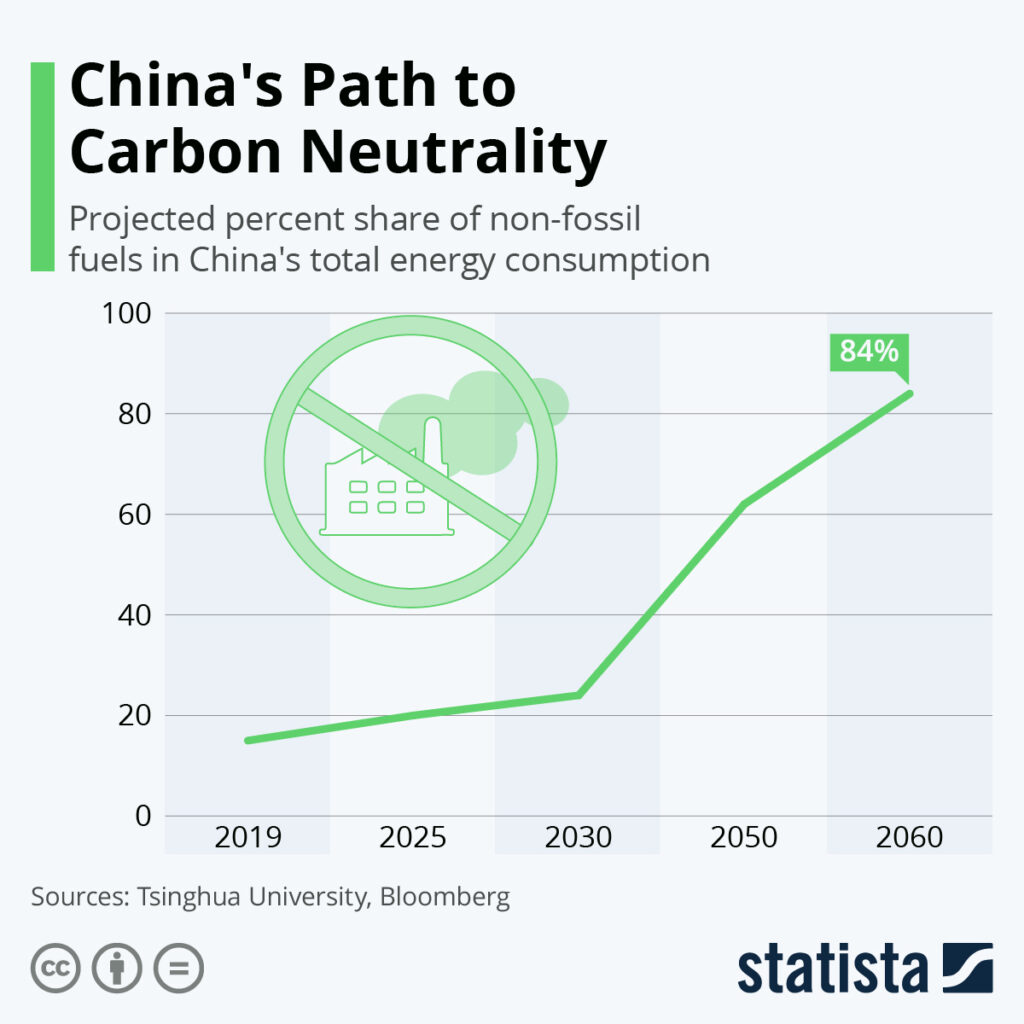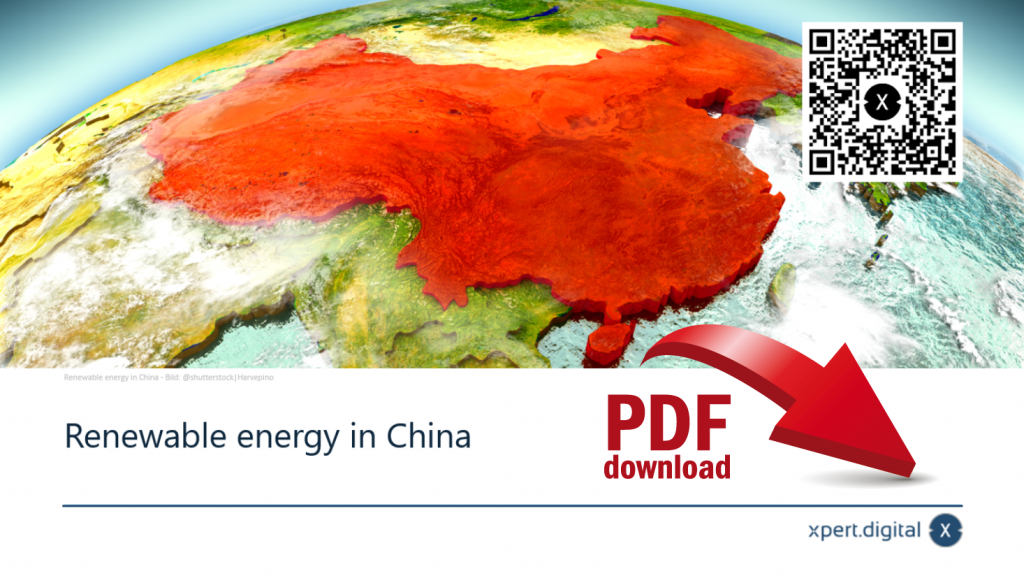China plans to be climate neutral by 2060
Language selection 📢
Published on: September 30, 2020 / update from: April 29, 2021 - Author: Konrad Wolfenstein
China 's Path to Carbon Neutrality
China has officially set a plan to become carbon neutral by 2060, making it the largest climate plan yet conceived in the world. The plan calls for a reduction in the production and consumption of fossil fuels - primarily coal - and a greater focus on clean energy and electric vehicles over the next four decades. The data associated with the plan shows how far China is willing to go for cleaner energy production in the coming decades.
According to data on the plan provided by Tsinghua University's Institute of Energy, Environment and Economics, China has set 84 percent of its total energy sources to come from non-fossil fuels. That's a huge increase from current levels, as China's non-fossil fuel production was just 15 percent last year. Tsinghua University shows how the massive transition to cleaner energy will start slowly but gain momentum after 2030.
Currently, China is the world's leading coal consumer and producer, with an estimated coal-fired power generation of 2.86 billion tons in 2025. , reducing this fossil fuel is China's top priority in producing clean energy, and it hopes to produce just 110 million tons of coal-fired power by 2060 - a 96 percent reduction. Other fossil fuels in the country, including natural gas and petroleum, account for only half of what coal produces. What China loses in coal, it wants to regain with an almost equal mix of wind, solar and nuclear energy.
China has officially set a plan to become carbon neutral by 2060, making it the largest climate plan yet conceived in the world. The plan includes cutting back on fossil fuel production and consumption – most necessarily coal – as well as an increased focus on clean energy and electric vehicles over the next four decades. Data related to the plan shows just how far China is willing to go for cleaner energy production in the coming decades.
In data about the plan provided by Tsinghua University's Institute of Energy, Environment and Economy , China plans to have 84 percent of their total energy sources be from non-fossil fuels. That's an enormous increase from the current level, as China's production of non-fossil fuels was just 15 percent last year. Tsinghua University shows how the massive switch to cleaner energies will start slowly at first but pick up steam after 2030.
Right now, China is the leading coal consumer and producer in the world, with an estimated 2.86 billion tons of coal-fired electricity produced in 2025. According to Bloomberg, cutting down on this fossil fuel is China's number one priority in producing cleaner energy, and by 2060, they hope to be relying on just 110 million tons of coal-fired electricity – a 96 percent reduction. Other fossil fuels in the country, including natural gas and oil, make up just half of what is produced by coal. What China loses in coal it plans to gain back with a near-equal mixture of wind, solar and nuclear energy.
China's Path to Carbon Neutrality
Projected percentage of non-fossil fuels in China's total energy consumption

You can find more infographics at Statista
Suitable for:
Renewable energy in China – Renewable energy in China
English version – To view the PDF, please click on the image below.
English Version – To view the PDF, please click on the image below.
Sustainable investments in the energy sector
German version – To see the PDF, please click on the image below.
German Version – To view the PDF, please click on the image below.




























